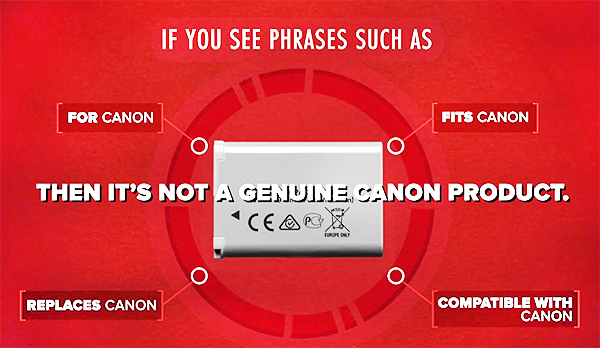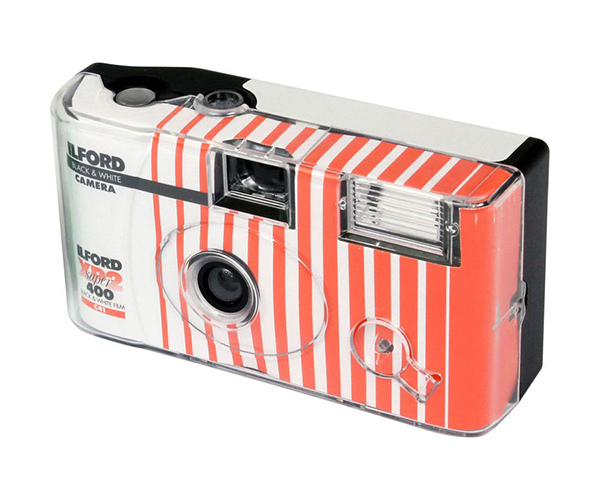7 Photo Warnings: What You Don’t Know Can Hurt You and/or Your Camera Gear

In an age when fast food coffee cups are marked “Caution: Hot” it’s unfortunate that some of the hidden hazards photographers encounter don’t have warning signs. Forewarned is forearmed, as wise men say. Or as I like to say, sometimes the difference between a disaster and a minor annoyance is knowledge, experience and preparation—or accidentally stumbling upon some obscure piece of advice on the internet.
Images on memory cards are recoverable
Yup, even though you diligently deleted them and forthrightly formatted the card, the images may still be there. That means if you ever sell, lend or give away a card that you have used, you are potentially sharing its contents as well.

When an image is deleted, the space on the memory card occupied by the digital file that defines the image is marked as “Available.” There is no reason to remove the old data; it’s more efficient to simply overwrite it. Same thing happens on a larger scale when you format. The image data you think you erased can be recovered by—what else?—data recovery software, like SanDisk RescuePRO.
Fortunately, this issue can be 100% eliminated by wiping the data using one of the built-in functions of RescuePRO. The scrubbing process replaces all image file data with nonsense characters.

Counterfeit battery warning
It’s not just Rolex watches and Louis Vuitton bags that get knocked off—unscrupulous profiteers also produce counterfeit batteries. Here’s what Canon has to say on the subject:
“If you use counterfeit camera accessories – specifically counterfeit batteries, chargers, or external flashes – there's a real risk you might hurt yourself or damage your camera.”
That’s such a strong statement that I don’t feel it’s necessary for me to add even a word. So use common sense—buy batteries from reputable dealers—and you won’t get your fingers blown off. Oh—there’s a short YouTube video on Canon’s website that will help you spot fakes.

GPS data reveals your location – maybe your home address
Posting images on Instagram et al is so common that it’s easy for one to let their guard down. If you share an image that contains GPS data, and you took that photo in your home, you are sharing your exact address with—the entire world. That’s probably not your intension.
The simple solution is to turn the GPS data off. You can’t share what ain’t there.
Single-use cameras can hurt you
Oh boy, this is confession time. Single-use film cameras that have a built-in flash are powered by one AA alkaline battery. That battery still has plenty of juice left after the film has all been used. Put two and two together and you can imagine me (in my infinite wisdom) harvesting AA cells from depleted single-use camera bodies. However, these same cardboard and plastic cameras also contain a rather powerful capacitor that stores electrical energy. I don’t know how many volts or amps these things have, but I do know that when discharged into a human thumb they can raise a painful welt that looks like a perfect two-fang snake bite that lasts for months. Yes months. And they also elicit some rather colorful language that’s not suitable for mixed company, if I remember right. In other words, it bleeping hurts like bleep-bleeping bleep.

Don’t discard lithium ion cells – Recycle instead
Lithium Ion cells—the most common rechargeable battery chemistry used in cameras and cell phones—are constructed of thin sheets of electrodes that are rolled together and bathed in organic solvent that serves as the electrolyte. The solvent is flammable—as in boom and burn. You may have seen the videos of laptop computer batteries booming and burning.
Instead of discarding spent lithium ion batteries, recycle them. Call 877-2-RECYCLE or visit the Call2Recycle website.
Store lenses in leather cases NOT
I cannot prove this scientifically, but I can attest from personal experience that it is unwise to store lenses for long periods in leather cases. The danger is mold and fungus. My guess is that the organic leather is a welcoming host for bacterial pathogens. Or maybe it’s just because a closed lens case is dark and without air circulation.

Here’s a barely-related tip: bright sunshine is the best defense against mold and mildew. Canvas gadget bags sometimes need a freshening up after sitting in a dark closet for several months. I hang mine outside on the front porch where the sun and breeze can clean and sanitize them. If that doesn’t work I use bleach and Lysol.
Don’t open e-mail surprises
By now, this warning shouldn’t be necessary. But I think it still is, because I often hear of people who step on this tripwire. If you receive an e-mail from a long lost friend, examine it thoroughly before you open it. Does the e-mail address look exactly right? Does the subject line look legit?

This isn’t a plug for Google or Alphabet or whoever the heck they are, but I really like Gmail because a) it does an outstanding job of catching spam and phishing attempts, and b) hovering the mouse over the return e-mail address of an unopened message reveals the real e-mail address of the sender. And that feature has saved my bacon more than once.
Do you know of any other caution flags that should be waved? Chime in and add your list of landmines. It just takes a minute and you may save someone a ton of grief.
—Jon Sienkiewicz










































